How to Run a LinkedIn Live Event (Tutorials & Examples) by ATVM Team

Learn how to run a LinkedIn Live event with step-by-step tutorials and examples. Boost engagement, grow your audience, and build authority.
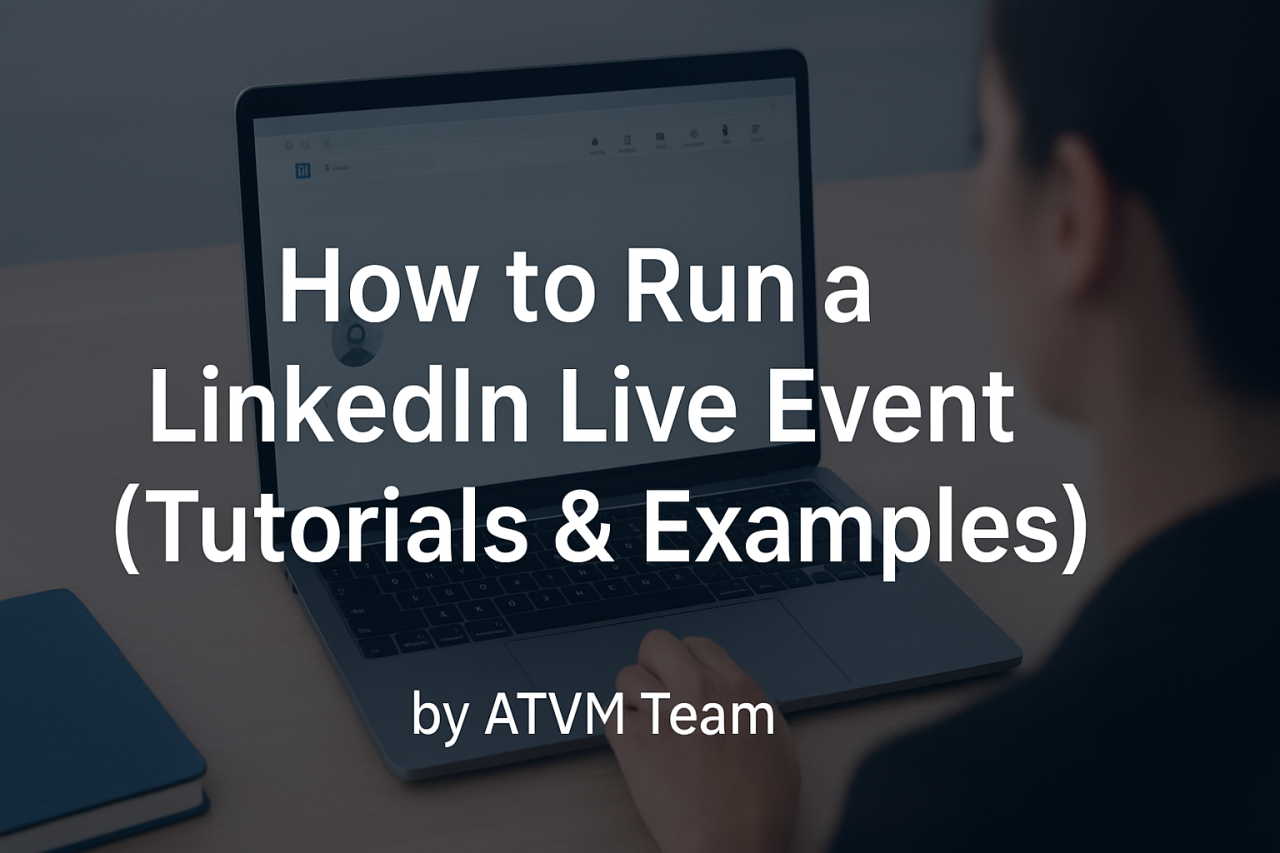
Why You Should Use LinkedIn Live
If you want to:
- Reach more people
- Show your face and voice
- Build trust fast
Then LinkedIn Live is your tool.
Live video creates real-time connection.
It gets 7x more reactions and 24x more comments than normal posts.
When people comment, LinkedIn pushes your video to more users.
That means more visibility, more engagement, more reach.
How to Go Live on LinkedIn
Before you can go live:
- Your profile must be 30 days old
- You need at least 150 followers
- You should follow LinkedIn’s guidelines
- Live is not available in China
But here’s the catch:
You can’t go live directly on LinkedIn.
You need a third-party tool like:
- StreamYard (easy for beginners)
- Restream (multi-platform streaming)
- Zoom or Google Meet (simple setups)
- Vimeo or Socialive (advanced users)
Once your tool is ready:
- Test your mic, camera, lighting
- Check your internet speed
- Set up your event page on LinkedIn
- Add a catchy title, banner, and short description
Now you’re ready.
How LinkedIn Live Grows Your Brand
LinkedIn Live can:
- Show you're serious about your work
- Prove you know your field
- Attract attention from recruiters
- Build a personal brand
- Make people remember you
Why it works:
- When you go live, your network gets notified
- More people see your video in their feed
- You can talk, answer questions, and show personality
- You don’t need ads—it’s free
Even better—few people use it. So, you stand out.
Tips for Hosting a Great LinkedIn Live
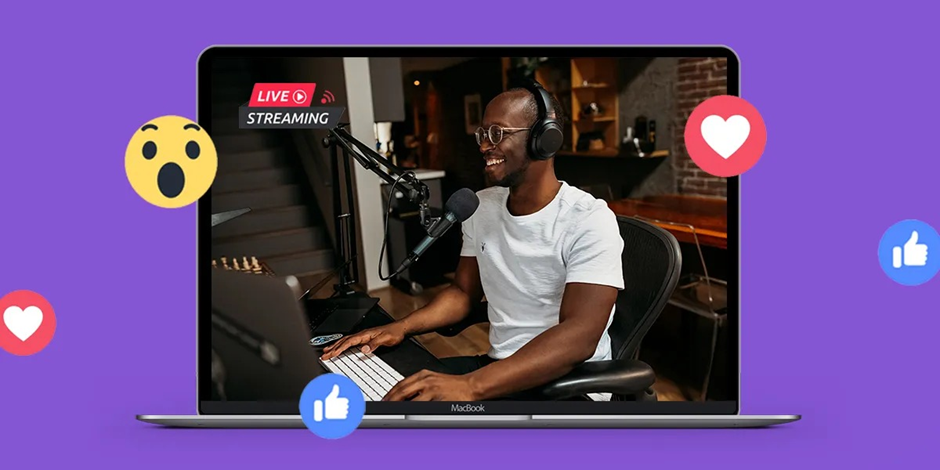
1. Plan your content
Have a clear agenda.
What will you speak about? In what order?
Prepare points, questions, or slides.
2. Use simple tools like StreamYard
You can add your logo, colors, and banners.
It makes your live session look clean and professional.
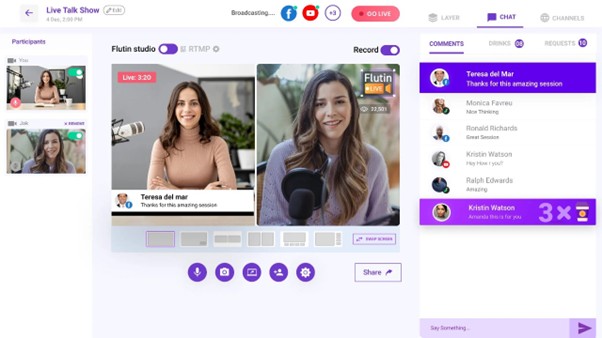
3. Add interactive parts
Ask questions
Run polls
Use the chat box actively
People stay longer when they’re part of the talk.
4. Invite speakers
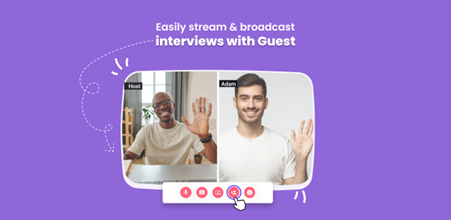
Each guest can invite up to 1,000 of their contacts.
That gives you more reach, more viewers, and more credibility.
5. Promote your event
Tag your speakers
Post teaser clips
Share countdowns
Send reminders
6. Choose the right time
Best days: Tuesday to Thursday
Best time: 12 PM to 3 PM
Don't forget to remove RSVP barriers. Make it open.
7. Avoid last-minute issues
Test everything one day before:
Mic, Camera, Lighting, Wi-Fi
Close all tabs and apps while you’re live
After the Event: What To Do
1. Send thank-you notes
Email your audience. Say thanks.
Attach slides or useful links.
Ask for feedback.

Example:
Subject: Thanks for joining our LinkedIn Live
Body:
“We loved having you! Here’s a summary and the key takeaways.
Tell us what you think so we can improve.”
2. Share video clips
Cut short 30-60 sec clips of the best moments.
Post them on LinkedIn with quotes or takeaways.
3. Run retarget ads
Use LinkedIn ads to show event highlights to:
- Attendees
- No-shows
- People who visited your event page
4. Collect feedback
Ask simple questions like:
- What did you like most?
- What topics do you want next?
- Would you attend again?
Use Google Forms or SurveyMonkey.
5. Write a recap post
Mention top insights.
Tag speakers.
Add link to the replay.
How Job Seekers Can Use LinkedIn Live
1. Build your brand
Go live to share your learnings, project experience, or field updates.
It shows you're active and aware.
2. Make real connections
Comment on other live sessions
Ask smart questions
Message speakers afterward
3. Show your expertise
Teach small concepts
Share tools you use (ETAP, AutoCAD, PSCAD)
Talk about industry problems
4. Get visible
The more you speak, the more people see you.
That means more profile views and job opportunities.
5. Improve communication
Speaking live builds confidence.
It prepares you for interviews and panel discussions.
Find and Join Other Live Events
You don’t always need to host.
Start by attending.
Step 1: Use LinkedIn search
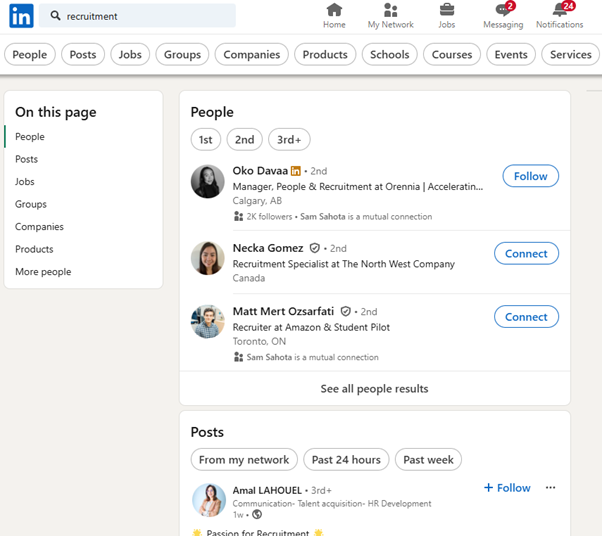
Type keywords like:
“power system live”
“electrical webinars”
Step 2: Click “Events” filter
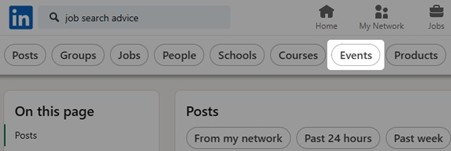
This shows only upcoming live events.
Step 3: Mark “Attend”
Fill the form. You’ll get reminders.
Step 4: Join and engage
Ask questions.
Take notes.
Follow speakers.
Comment in chat.
Final Words
You don’t need fancy gear or big followers.
You just need:
- A clear message
- A simple tool
- A real face and voice
Start small. Go live for 10 minutes.
Then grow.
If you're serious about your career,
LinkedIn Live is where the real networking starts.
Let us help you take the first step.
How to write a linkedin headline that gets you noticed
(with real examples for electrical job seekers)

what is a LinkedIn headline?
It’s the first thing people see below your name
It shows in:
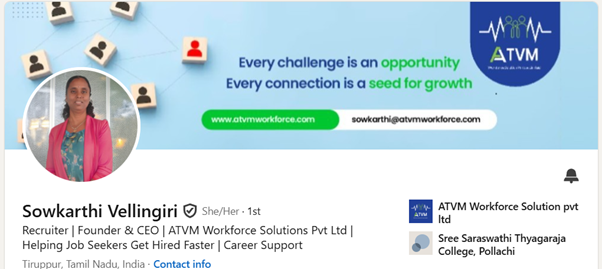
- Search results
- Connection requests
- Post comments
- Job applications
You get 220 characters to tell:
- Who you are
- What you can do
- What you want
why it matters for your career
- Recruiters decide in 2 seconds whether to click or skip your profile
- Your headline appears even if they don’t open your full profile
- The right headline puts you in search results
- It gives clarity and confidence about your direction
don’t leave it as "Student at XYZ" or "Looking for Job"
These headlines say nothing about your skills or goals
Instead, tell:
- What you know
- What you’ve done
What you want to do
what makes a strong linkedin headline?

👉 Here’s a simple formula:
Current/Target Role + Key Skills + Proof of Work + Goals/Passion
examples for electrical engineers (job seekers)
freshers:
- Electrical Engineering Graduate | Power System Analysis | PSCAD & ETAP Learner | Open to Trainee Roles
- B.E Electrical | Hands-on with Load Flow & Short Circuit Studies | Seeking Entry-level Power System Role
- Recent Electrical Grad | Final Year Project on Grid Stability | Learning Python for Power Systems
internship seekers:
- Electrical Intern @TNEB | SCADA Basics | Worked on Distribution Loss Reduction Model
- Final Year Student | ETAP & MATLAB | Substation Layout Project | Passionate about Grid Automation
job seekers (experienced):
- 2 Yrs Exp in Power System Studies | ETAP | Fault & Load Flow Analysis | Looking for Project Engineer Role
- Power System Analyst | PSCAD, Load Flow, Relay Coordination | Former Intern @L&T
- Electrical Design Engineer | 11kV-33kV Layouts | Cable Sizing | Drafting with AutoCAD
what not to write in your headline
❌ Looking for a job
❌ Unemployed and available
❌ Team player and quick learner
❌ Just student at XYZ College
These headlines create pity, not interest.
real pain you’re solving
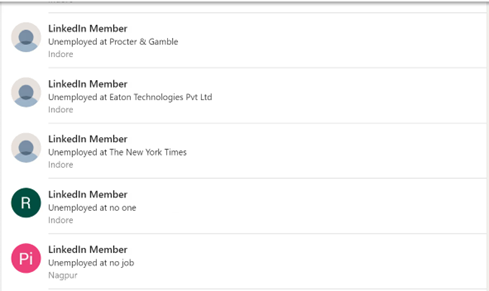
Your headline must solve someone's problem.
Recruiters are not searching for “students”. They’re searching:
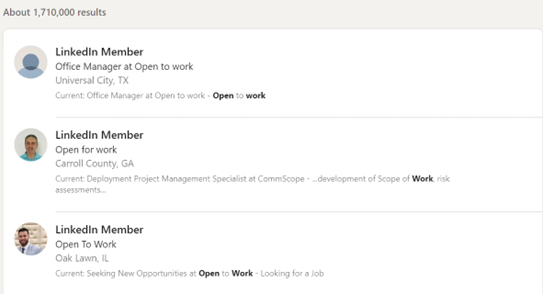
- "ETAP power system analysis"
- "load flow simulation engineer"
- "SCADA automation knowledge"
If your headline uses these words, you show up in their search.
how to check if your headline is working
Go to your LinkedIn profile → “Analytics” section
Look at:
- Who viewed your profile
- Which keywords you were found for
- Which companies searched you
If numbers are low → Change headline
Test different versions → Track results weekly
last steps: write, test, repeat
Your first headline won’t be perfect
But don’t leave it empty
Or boring
Or confusing
Change it. Track it. Improve it.
Every word in those 220 characters is your chance.
want help?
Reply here with:
- Your background
- Skills you’ve learned
- What job you’re targeting
Categories: : LinkedIn
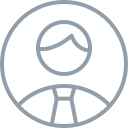 Kalaivani Ramprasad
Kalaivani Ramprasad 